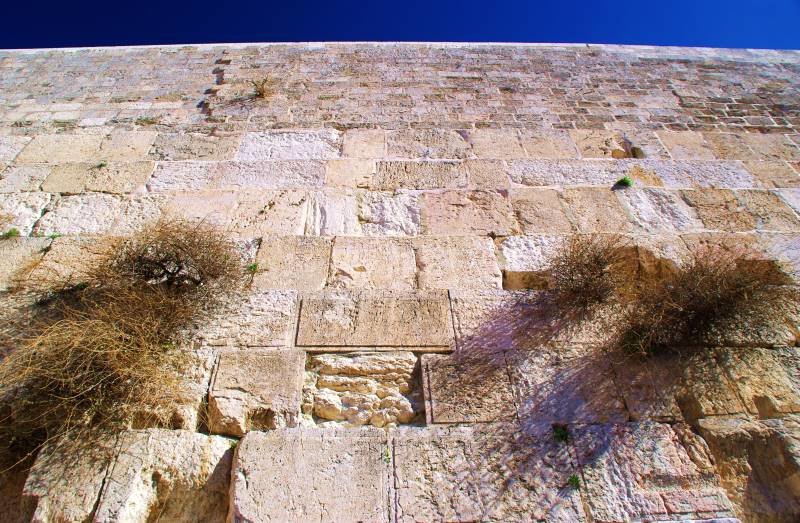
Western Wall in Jerusalem
The head of the Israel Antiquities Authority has recently (
Times of Israel Oct. 20) compared UNESCO unflatteringly 'to Islamic State jihadists', for its October 13 resolution calling into question 'the link between Judaism and the Western Wall' (
as Haaretz put it): the view that the Wall is a surviving feature of the pre-70 CE Temple Mount.
However the IAA's own view, formed in reaction to new evidence, itself deserves to be questioned.Old and new replies: Coins, Herod, Agrippa II and JosephusIt is generally agreed that Herod the Great, King of the Jews, began work on the Temple in or near 20 BCE. According to a statement 'Building the Western Wall'
published by the IAA through the Ministry of Foreign Affairs on November 23, 2011, 'every guide and every student grounded in history', when asked 'who built the Temple Mount walls?' will 'immediately reply 'Herod". However, there should now, the IAA continues, be a new reply in the light of archaeology. The New Reply runs, 'the work was
completed in the reign of Herod's great grandson Agrippa II' - i.e. in or around 62 CE, when the chain of events that would lead to the destruction of the Temple in 70 was just starting.
The IAA firmly invokes Josephus' authority for its favoured date, using -
misusing, I think - a passage from his
Antiquities Book 20
, never hinting that he says other things by which the Old Reply, Herod built the Western Wall, might have been encouraged. This misuse was once favoured, as I'll note later, by Christians arguing
against Jews.
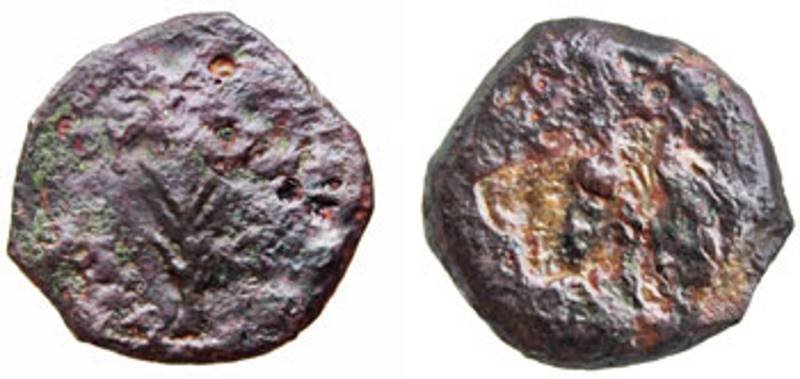
© Israel Antiquities Authority
A coin found under the Western Wall in a cistern, and dated to Valerius Gratus, after Herod’s rule.
The reason the Israel Antiquities Authority came up with the New Reply was the discovery in 2011 (described in the same IAA document) in a cistern space under the Wall of four coins, the latest dated to around 17 CE, in the governorship of Valerius Gratus, twenty years after Herod's death. 'This bit of archaeological information illustrates the fact that
the construction of the Temple Mount walls... was an enormous project that lasted decades and was not completed during Herod's lifetime,' the IAA concedes.
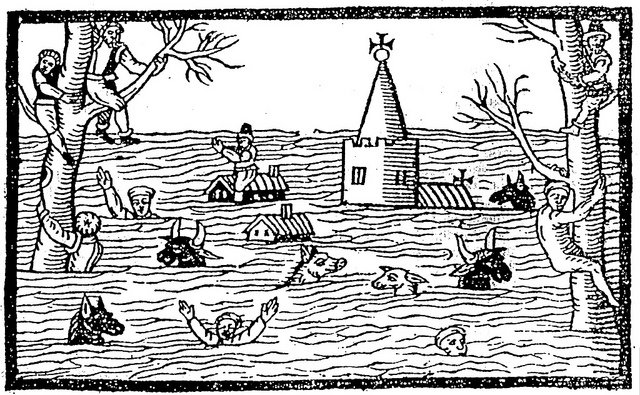

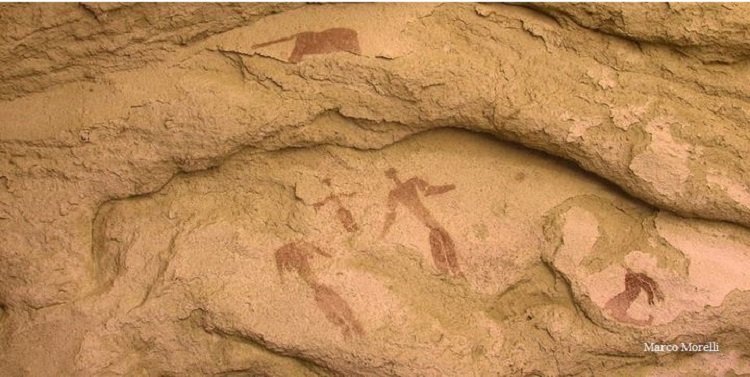
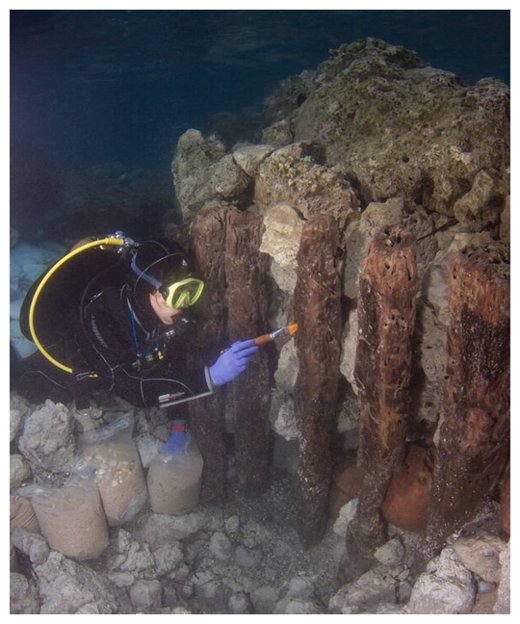
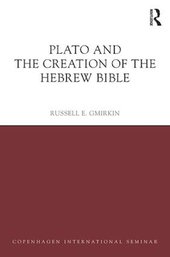
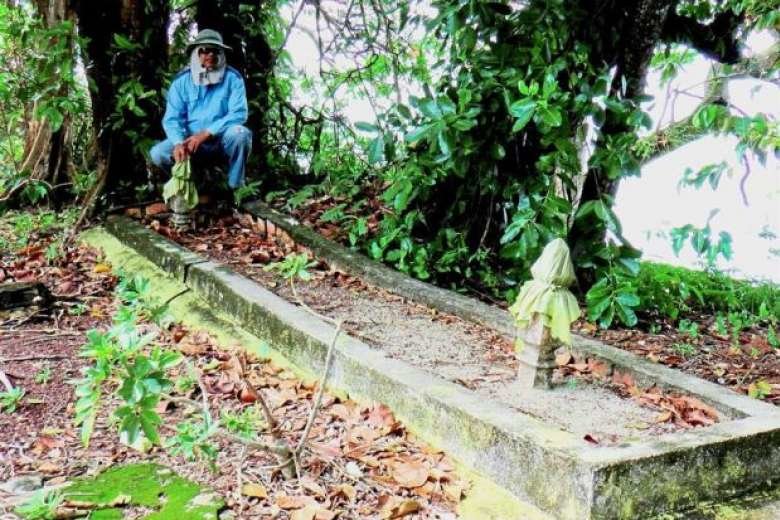
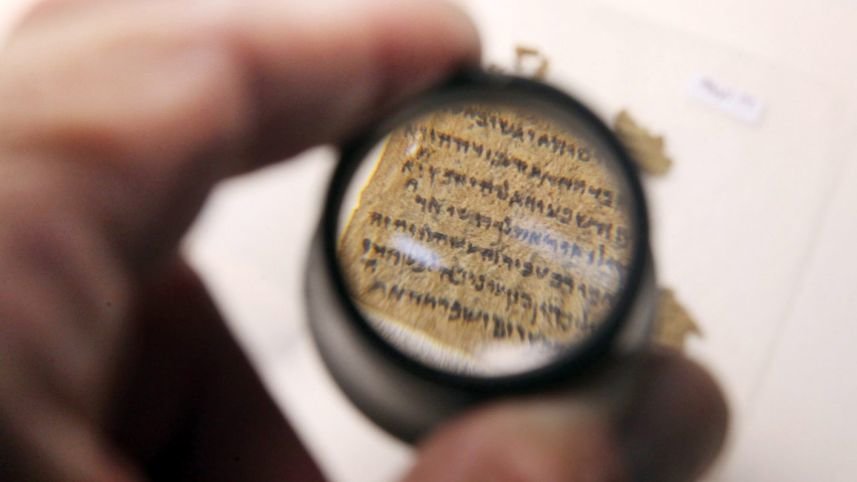


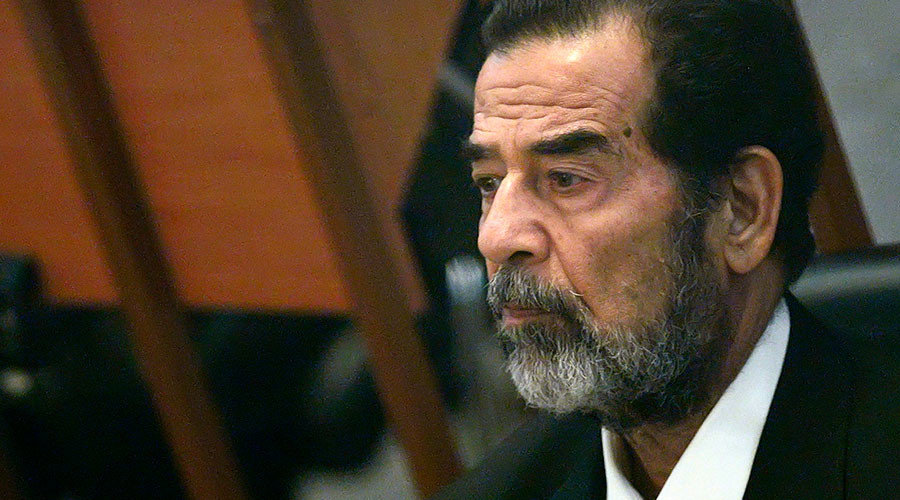
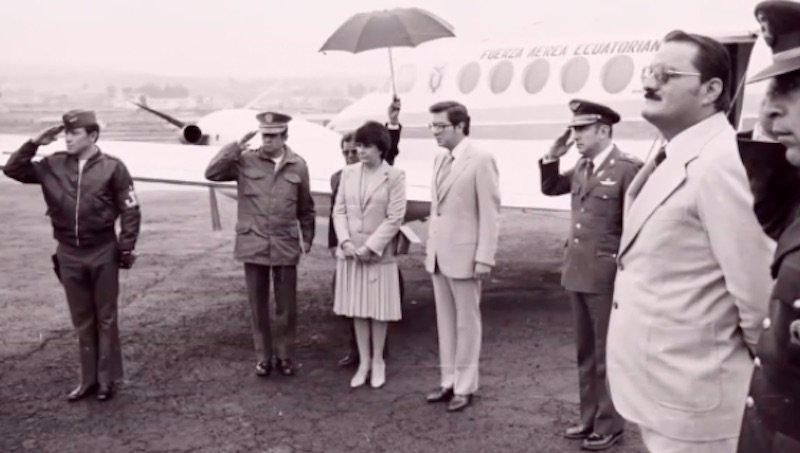



Comment: Shifting seasons and extreme weather has been on the increase for many years and mainstream science is beginning to take note since all indicators point to something chilling on the horizon:
- Extreme cold breaking records in northern Siberia; 10 degrees or lower below normal
- Earth 'sizzles' with record low temperatures!
- Anomalous snow storm blankets desert in Saudi Arabia
- First snow in over 2 decades engulfs Antalya, Turkey
- Algerian villagers stunned as snow falls in Sahara for first time in over 30 years
Also check out SOTT's monthly video report on the catastrophic events occurring: SOTT Earth Changes Summary - November 2016: Extreme Weather, Planetary Upheaval, Meteor Fireballs